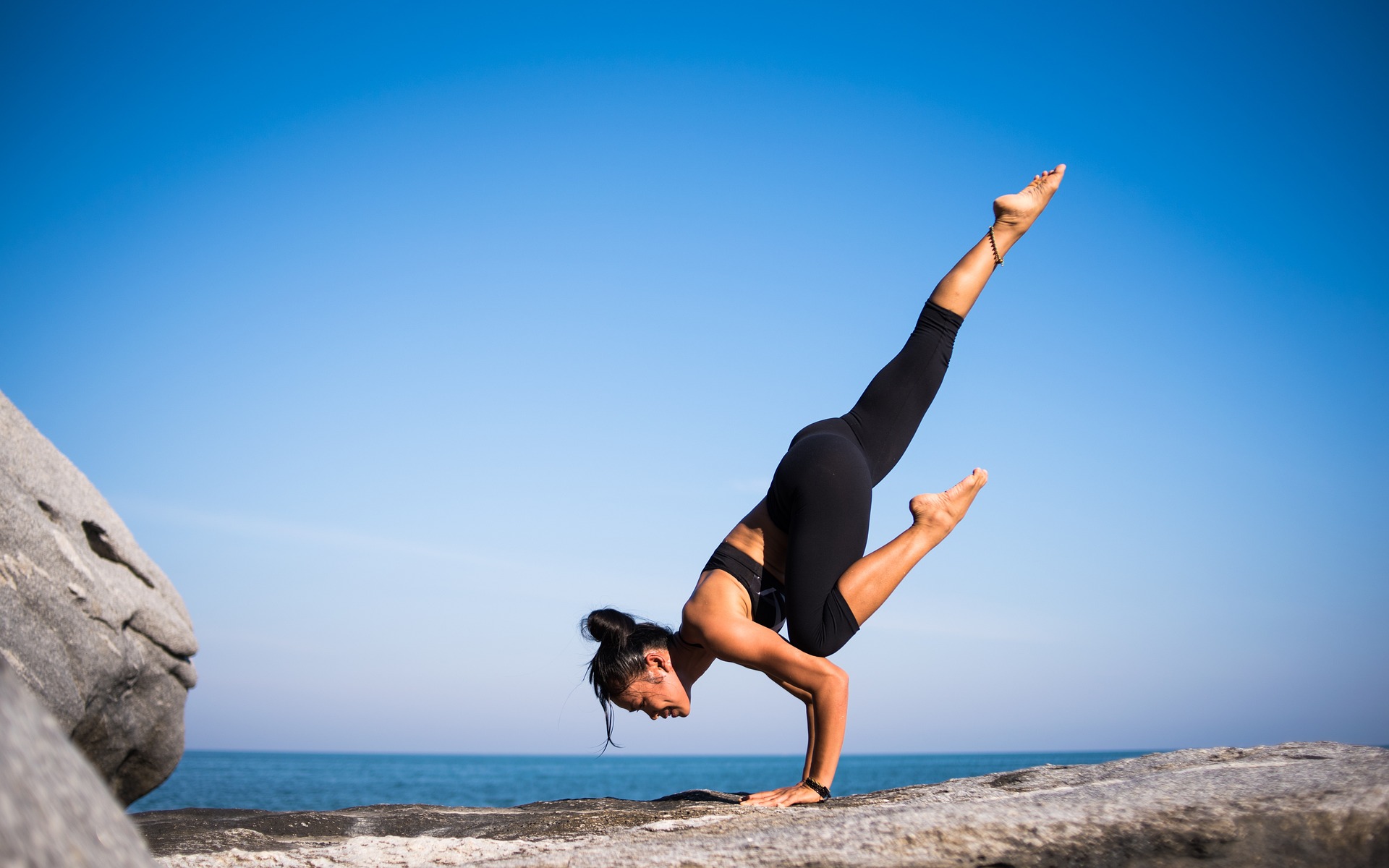The Prolific Power of Plyometrics: A Comprehensive Guide
Picture this: an Olympic athlete springs dozens of feet into the air to secure a victory. She lands back on the mat, every muscle in her body pulsating from the exertion. What's her secret? Plyometrics - a high-intensity training technique utilized by elite athletes around the world.
Tracing the Origins of Plyometric Training
Plyometrics, translated from the Greek words for ‘more’ (pleion) and ‘measure’ (metron), means to increase measurement. This method of exercise, initiated by Dr. Yuri Verkhoshansky in the 1960s, used the principle of muscle elasticity and rapid stretching reflex to build power. It was initially created as a training technique to give Soviet Olympians an edge over their competitors. The method soon spread to sportspeople globally, eager to improve their strength and power.
Unwrapping Plyometrics: Understanding the Science
At the core of plyometric training are fast, explosive movements that harness the power of stretch reflex, or myotactic reflex. This involves stretching a muscle before contracting it, which amplifies the force produced. Plyometrics takes advantage of this biological mechanism, commonly seen in activities like jumping on a trampoline.
Harnessing Plyometrics: The Athletic Advantage
The primary advantage of plyometric exercises is their ability to increase the power and speed of sporting movements. They’re a cornerstone of strength and conditioning programs across numerous sports disciplines, from rugby to track and field. Plyometrics can enhance muscle power, improve athletic performance, and even mitigate injuries. With the sports disciplines evolving, plyometrics is one method that has consistently retained its value.
Navigating the Challenges: The Double-Edged Sword of Plyometrics
Notwithstanding its manifold benefits, plyometrics is not without its challenges. The intensity of these exercises requires a foundation of strength and conditioning to avoid the risk of injury. Improper form, inadequate rest, and overuse unnecessarily amplify this risk. Thus, plyometric training must be incorporated thoughtfully, with a focus on quality over quantity.
In conclusion, plyometrics, with its roots in Olympic trainings of the yesteryears, has proven to be a stalwart in modern athletic training methodologies. By understanding its mechanics, benefits, and challenges, one can harness the power of plyometrics and unleash their full athletic potential.





